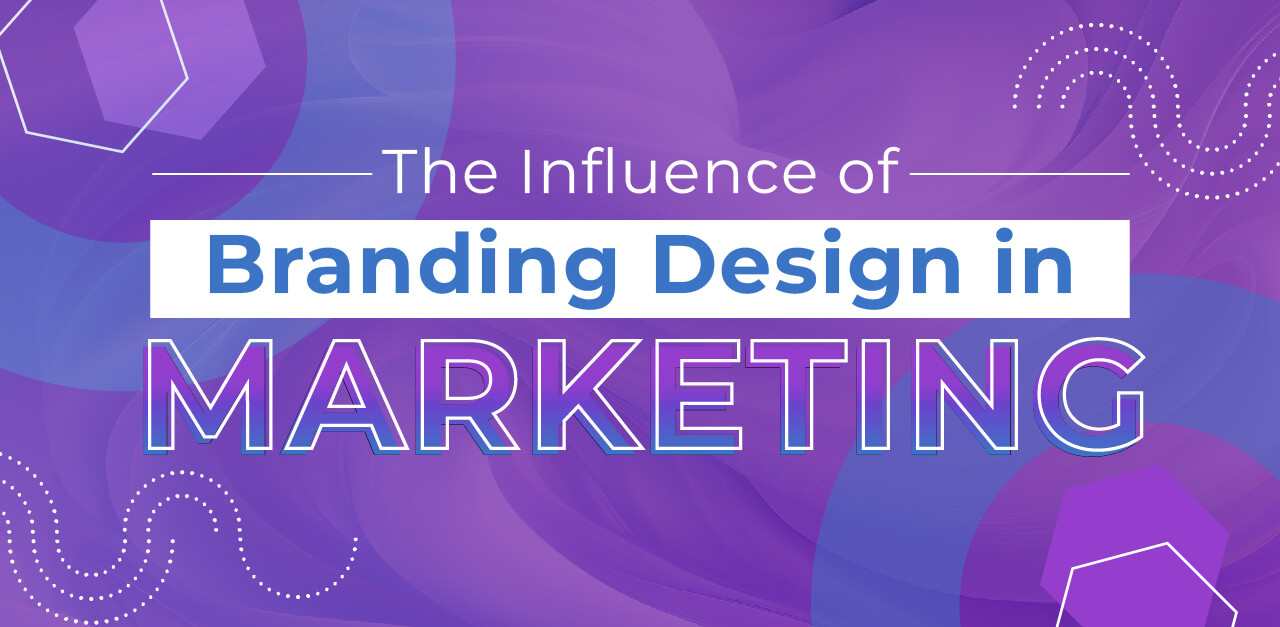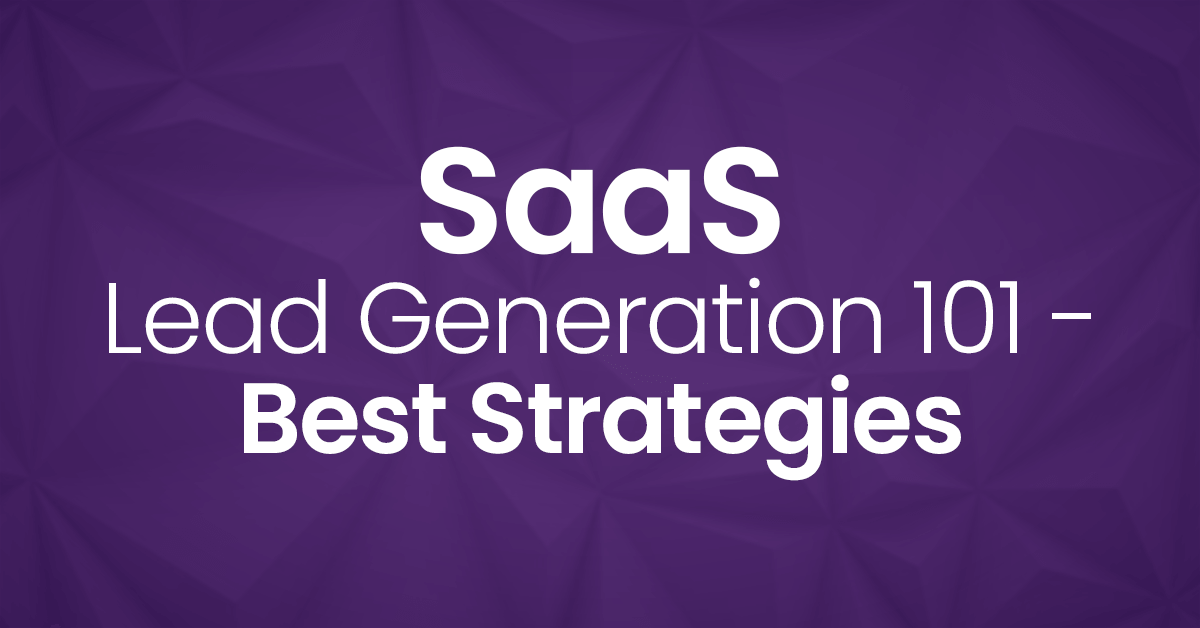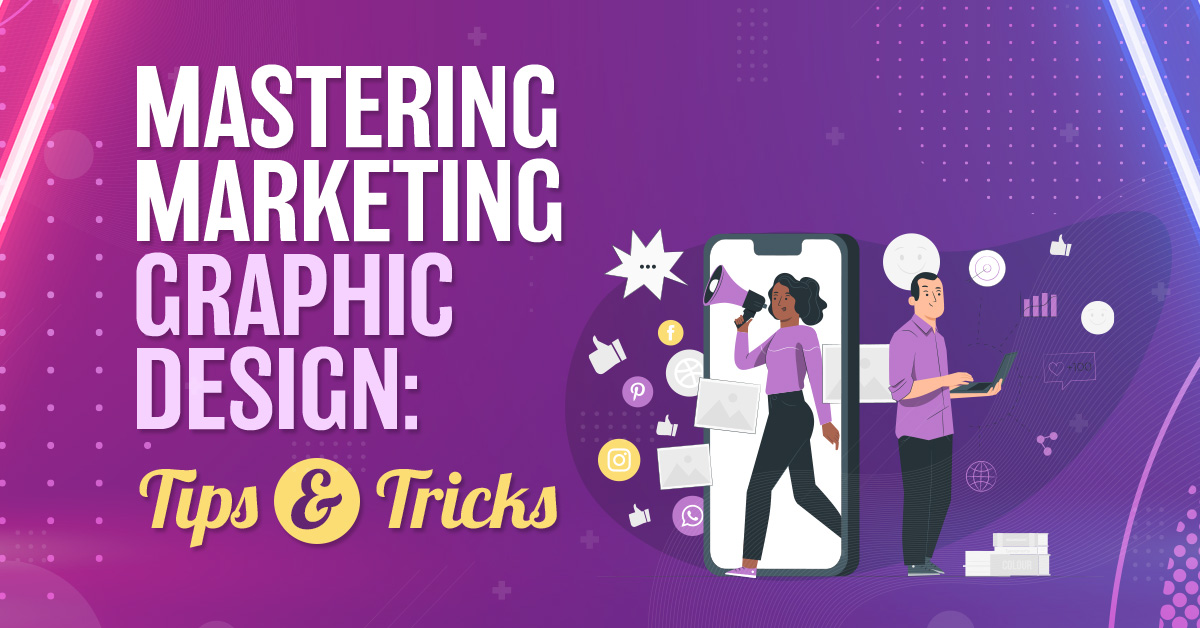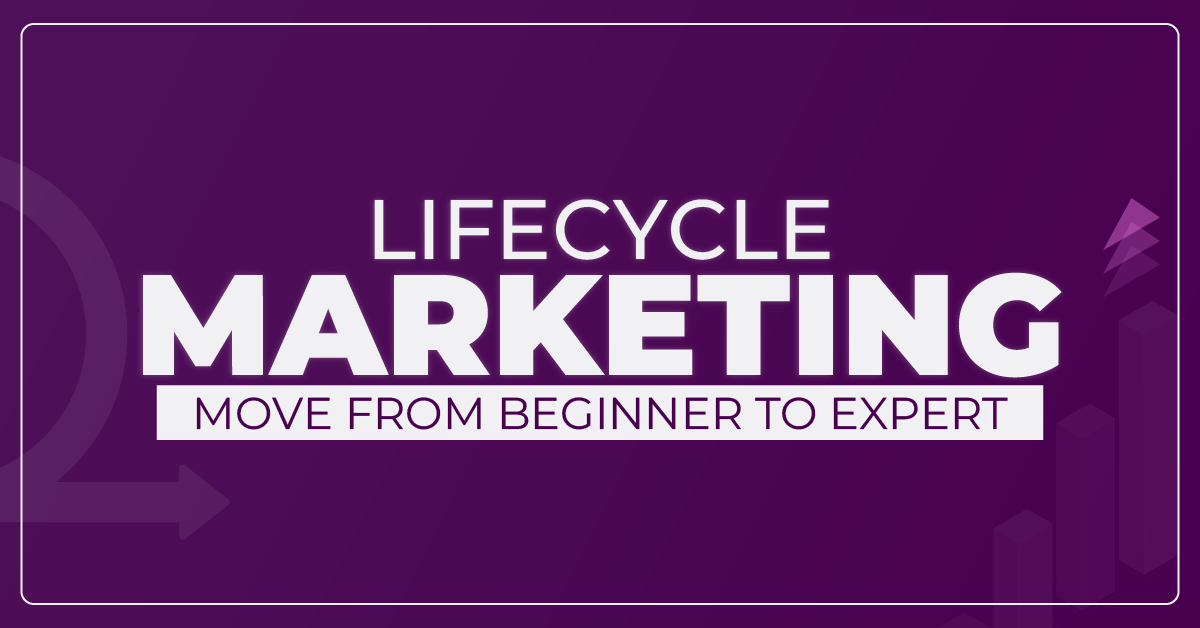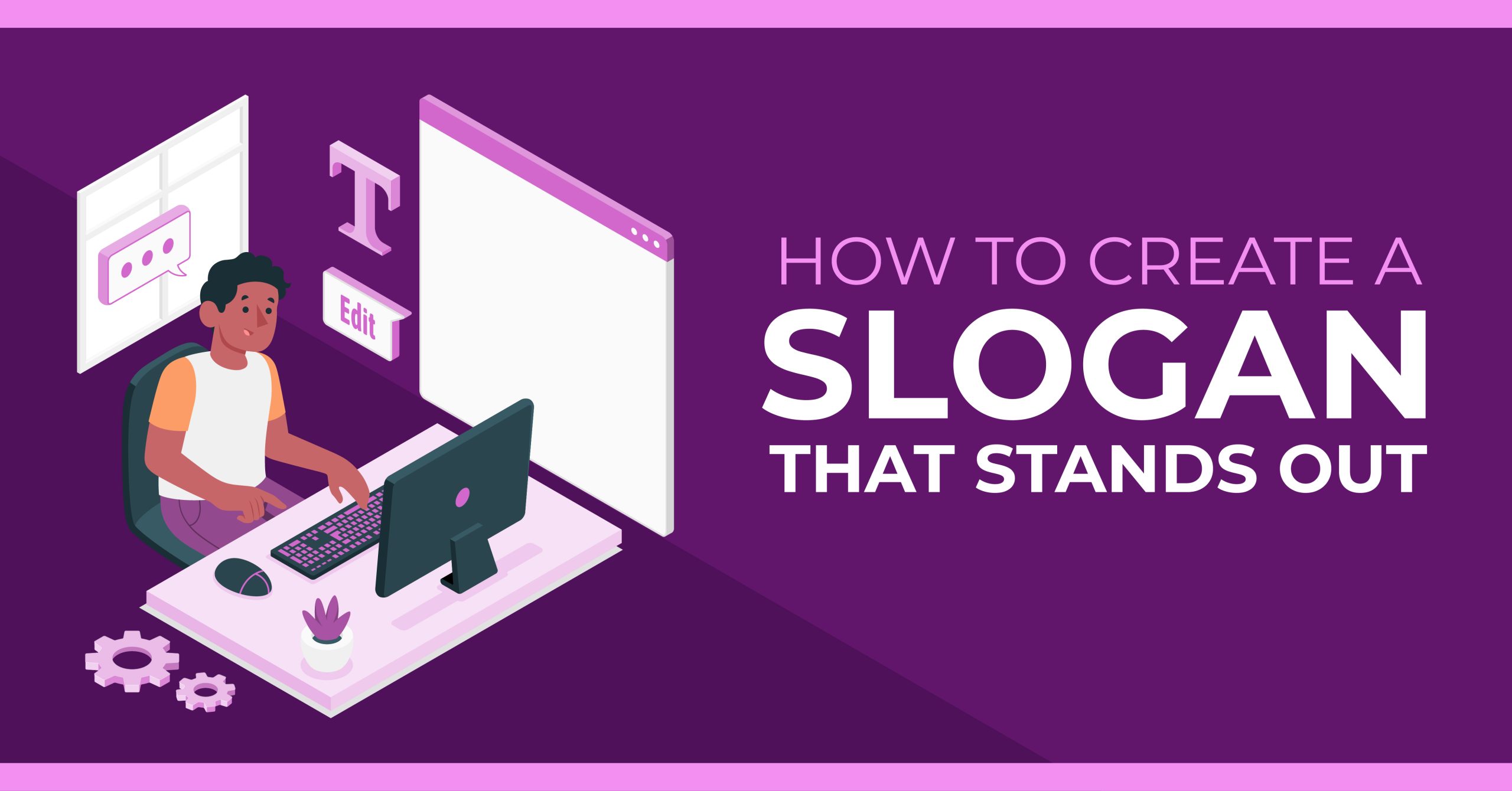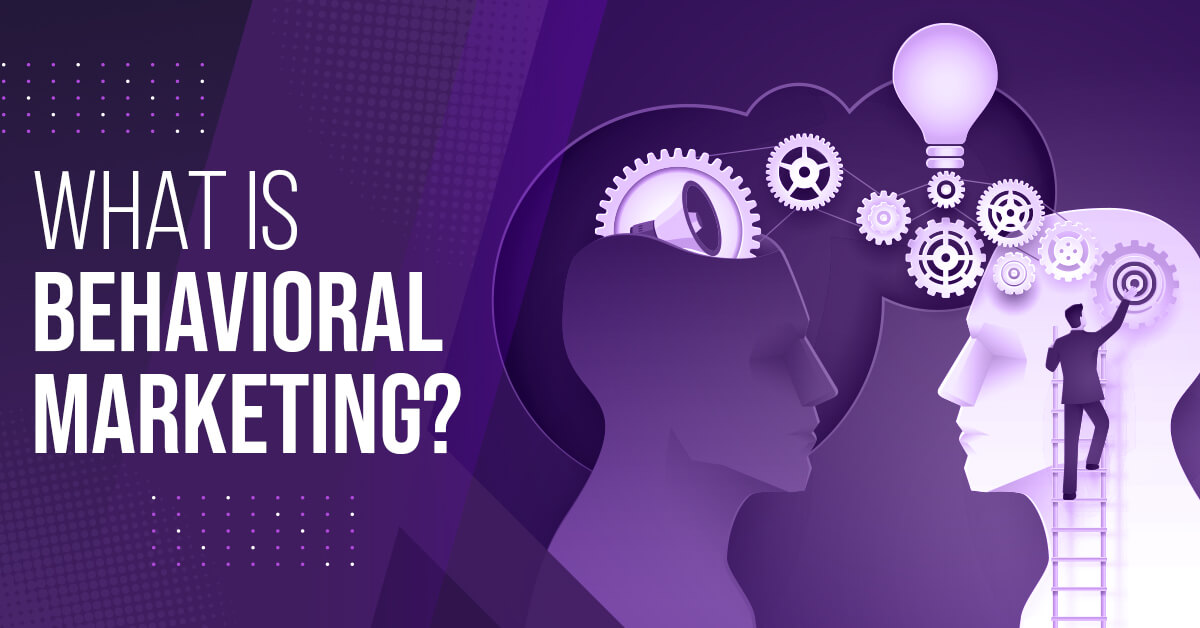
The behavioral marketing approach represents a significant change in the way businesses communicate with their potential customers through the use of digital marketing. To create highly targeted and personalized marketing campaigns, this strategy involves analyzing and leveraging customer behavior data, such as browsing habits, purchase histories, and engagement patterns, on websites and e-commerce platforms. With […]


